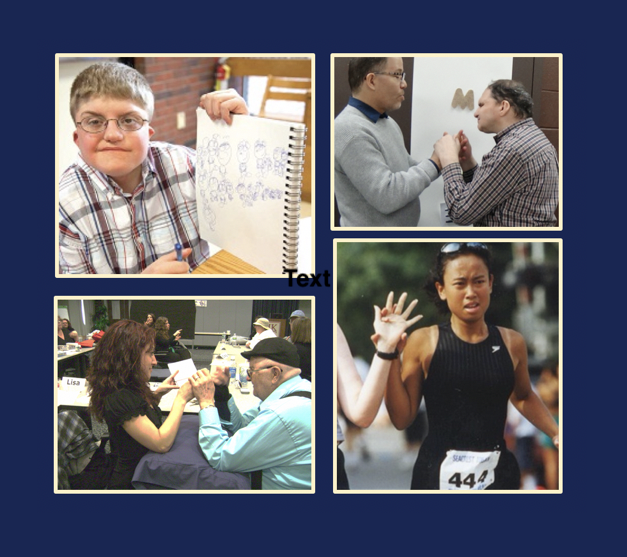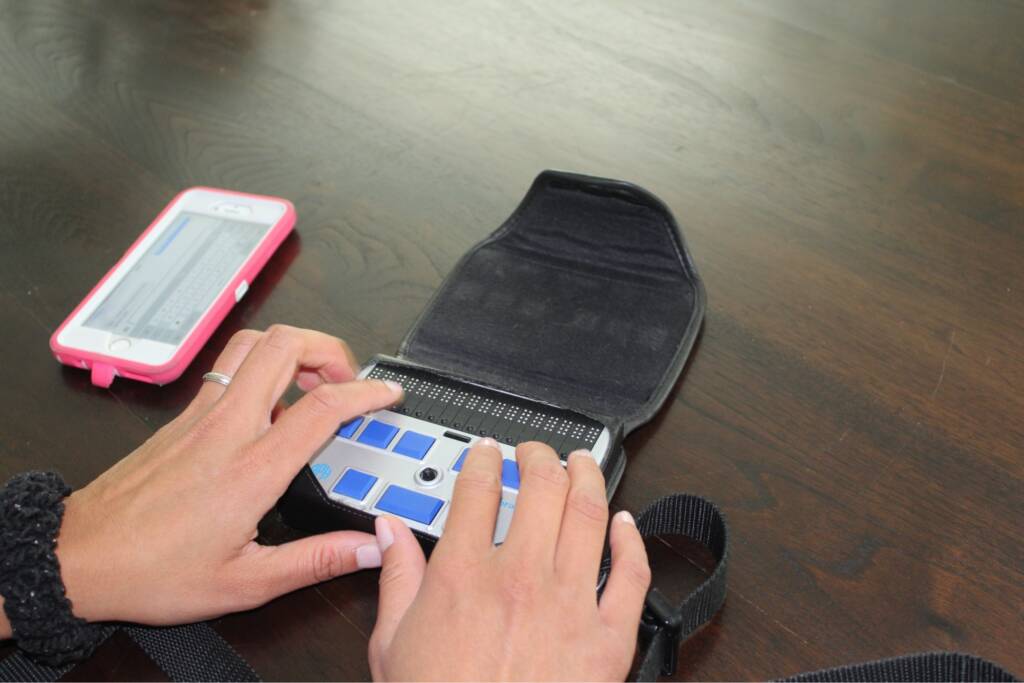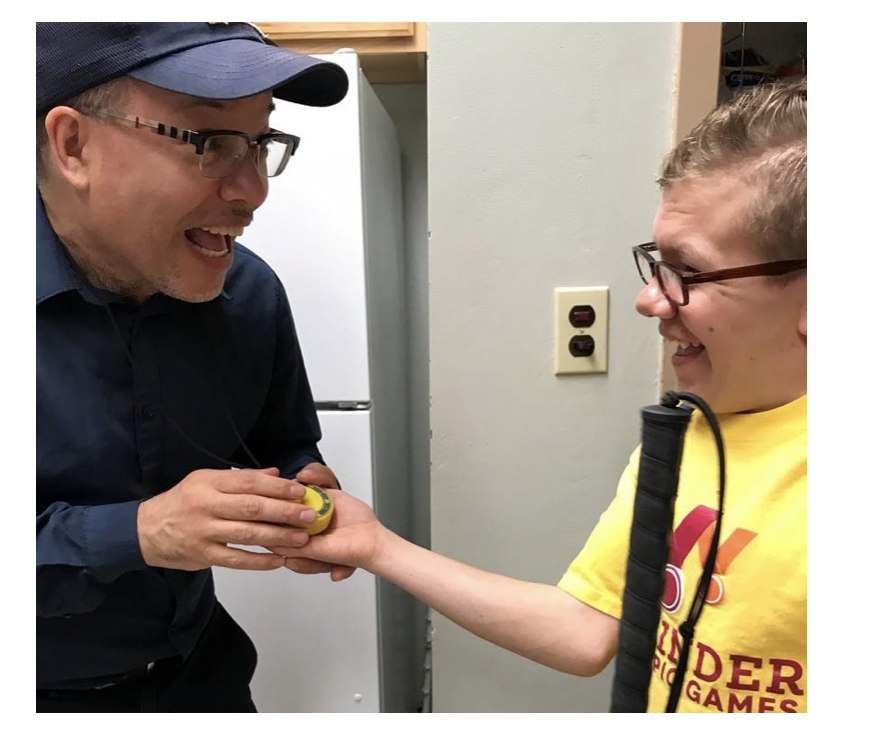Helen Keller National Center is pleased to offer “Ensuring Equal Access and Participation”. This module is geared toward professionals who work with or support individuals who are DeafBlind but can also be beneficial for family, friends and anyone interacting with an individual with a combined vision and hearing loss. It provides a general understanding of ways in which the setting and interactions or activities can be adapted to allow a DeafBlind person increased access to their environment. Topics such as the provision of visual and environmental information, DeafBlind culture, respectful interactions and lighting and environmental considerations as well as many more will be discussed.
Understanding basic information about accessibility and supporting the full participation of people who are DeafBlind is important for anyone who is working with, living with and supporting a person with a combined vision and hearing loss. Knowing how to provide visual and environmental information is critical in ensuring that a person who is DeafBlind has access to the information they need to make decisions and interact with their environment on their own terms. It is particularly important for those working with individuals who are DeafBlind to understand that their role is to provide access and information, not to make decisions for the person. Feeling comfortable with the social norms relating to approaching, communicating and interacting with people who are DeafBlind ensures that interactions are respectful, enjoyable and that the person who is DeafBlind can participate fully and equally.
This online module can be used in several ways: as a self-study course, with a small group of family, friends or colleagues, as a supplement to a university course or as a requirement for people working with people who are DeafBlind in medical or care facilities.
Please note that Helen Keller National Center offers this as a standalone course or as part of a more comprehensive course focused on specific populations and issues such as:
- Working or interacting with seniors with combined vision and hearing loss
- Vocational Rehabilitation Counselors or related professionals working with clients with combined vision and hearing loss
- Mental Health professionals working with clients with combined vision and hearing loss
Additional Courses

Employment
Working with Individuals who are DeafBlind: A Course for Vocational Counselors and Other Professionals
CRC CE Hours: 2.0
ACVREP CE Hours: 2.0

Introduction to DeafBlind
Overview of Etiologies and Visual Conditions Commonly Associated with Deaf-Blindness
ACVREP CE Hours: 1

